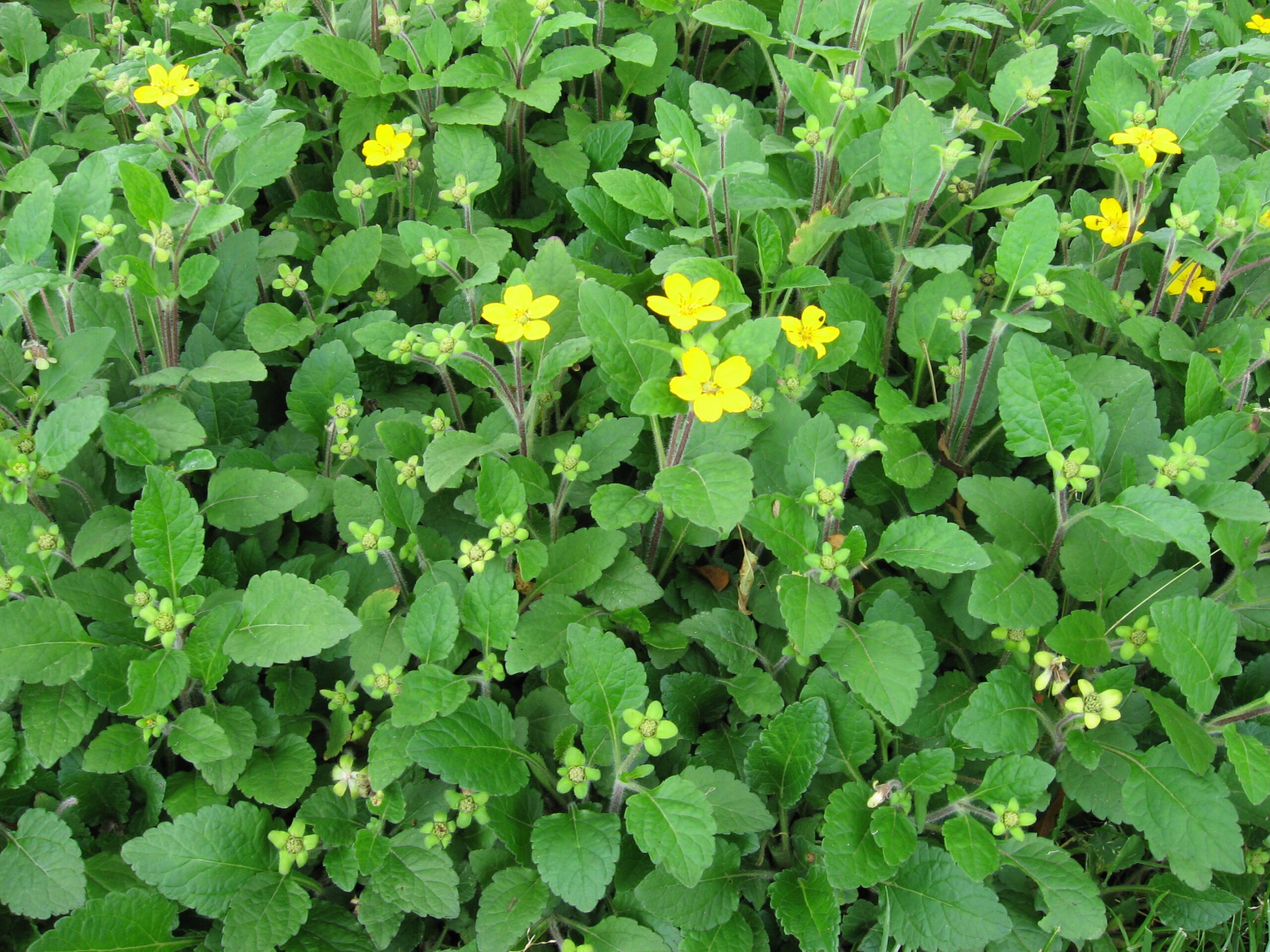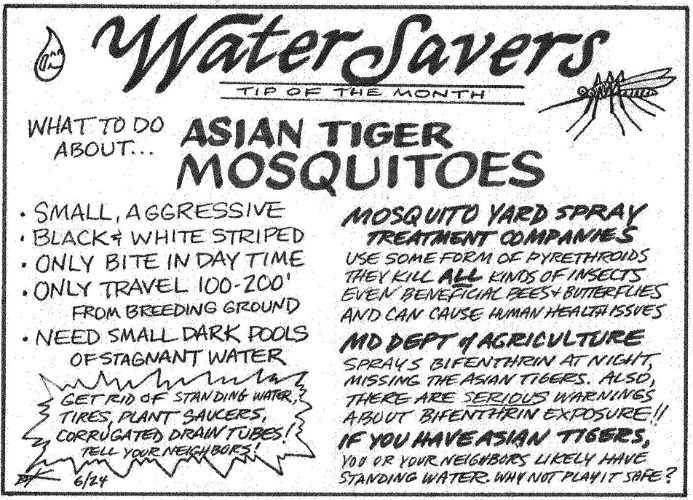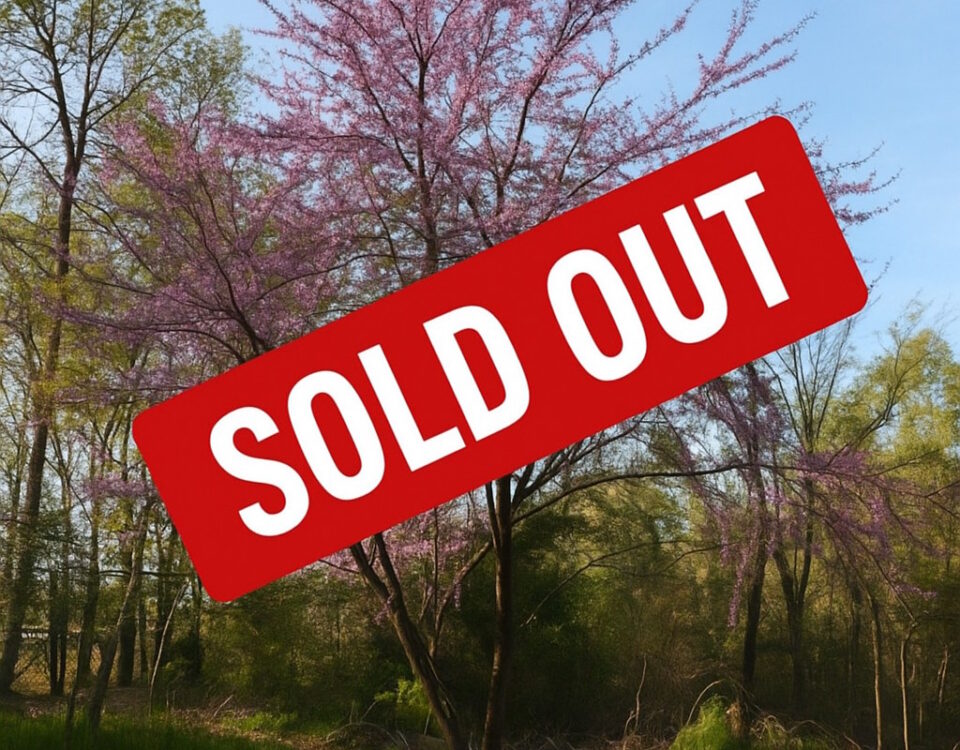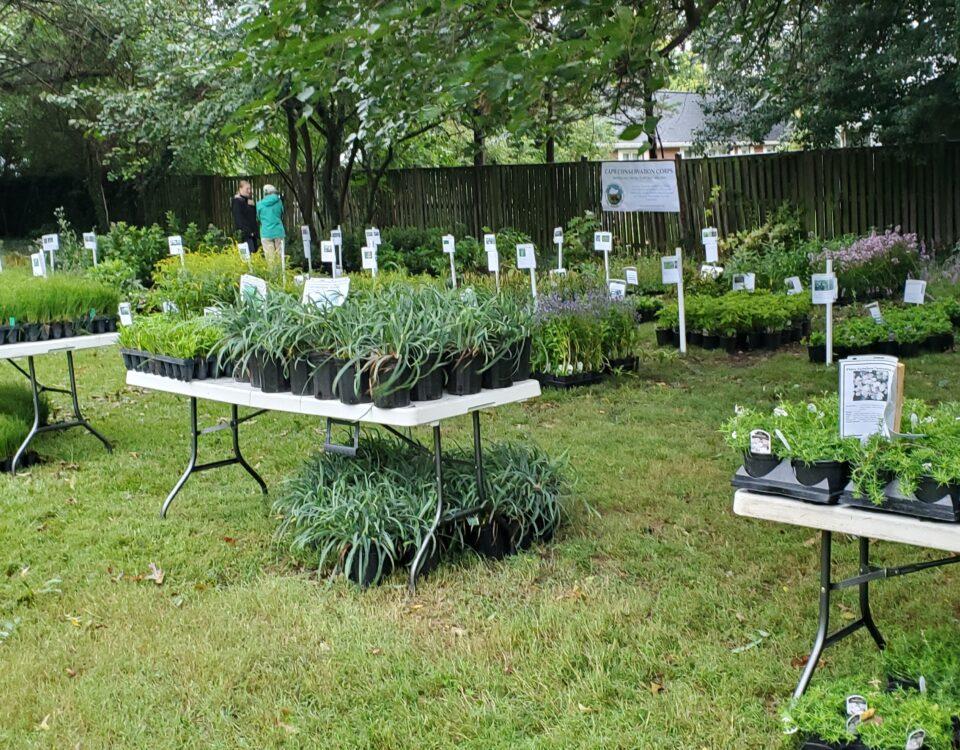Preparing Your Site for a Successful Garden
February 12, 2019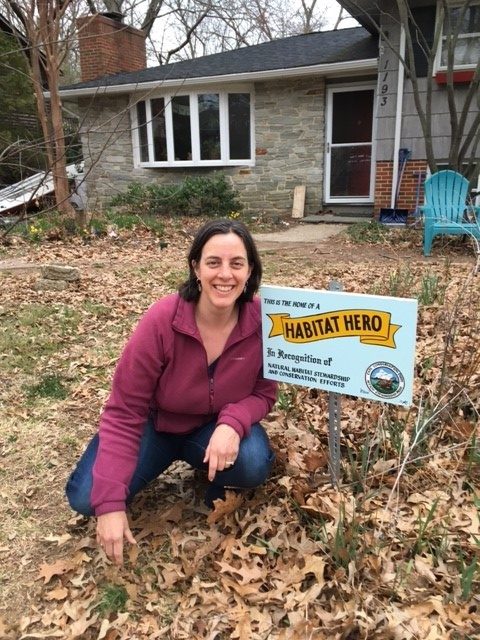
Habitat Hero – March 2019
March 20, 2019By: Stacey Wildberger
As Spring is upon us and we are anxious to get out in our gardens to see what is popping up and making plans for what new plants we can add this year, let’s talk about an often forgotten layer in your landscape – the groundcover or Green Mulch Layer. I have written about it in previous posts but I think it is important enough to discuss again. So many times we plan a new garden bed, stick a few plants in the ground and then surround it with mulch -brown wood chips or even worse dyed wood chips. The plants are like little islands in a sea of mulch; never allowed to touch one another or socialize. Plants are social organisms that desire the companionship of their plants friends, even more than that, they depend on it for communication.
As Spring is upon us and we are anxious to get out in our gardens to see what is popping up and making plans for what new plants we can add this year, let’s talk about an often forgotten layer in your landscape – the groundcover or Green Mulch Layer. I have written about it in previous posts but I think it is important enough to discuss again. So many times we plan a new garden bed, stick a few plants in the ground and then surround it with mulch -brown wood chips or even worse dyed wood chips. The plants are like little islands in a sea of mulch; never allowed to touch one another or socialize. Plants are social organisms that desire the companionship of their plants friends, even more than that, they depend on it for communication.

My first suggestion is to ignore those plant tags “spacing requirements” and plant them closer together. A good rule of thumb is 12” apart (although I have been known to go even a little closer). The plants will be much happier as they can transmit beneficial information to each other, sharing information and resources such as “insects are attacking me”. Another disadvantage to these mulch seas or beds is by leaving all that open space you are susceptible to weeds coming in and taking over, increasing your maintenance — nobody wants to spend time pulling weeds! If you plant more densely, and use groundcovers to fill in the bare spots you will save a lot of time.

By layering your plants in varying heights and structures you will begin to create more habitat, attracting natural predators to control the pests. You will begin to build an ecosystem that is not only attractive to our eye but to nature as well. Your garden will morph over time, the early established plants will out compete the weeds early on and will gradually allow the slower plants to take over. A few simple edits along the way will allow you to maintain an aesthetically pleasing garden.

There are many plants that can be used as green mulch or groundcover and will suppress weeds, cover the ground and add interest to an otherwise barren sea of mulch. By using plants as mulch you will also be increasing the sources of pollen and nectar needed for a dwindling number of insects. These plants will spread by seed, rhizomes or both. Because they are quick to establish, low maintenance and have a low growth height they are the perfect choice for green mulching.

Below is a partial list that North Creek Nurseries recommended for green mulch, which are also favorites of mine, plus a few of my own suggestions.
- Antennaria plantaginifolia – Plantain-leaved pussytoes – Light: full sun to part shade | Soil: lean to moderate fertility, dry to average moisture | Height: 6-12″
- Asarum canadense – Canadian wildginger – Light: part shade to full shade | Soil: moderate fertility, slightly dry to moist moisture | Height: 6-12″
- Carex amphibola – Creek sedge – Light: full sun to full shade | Soil: moderate fertility, dry to average moisture | Height: 8-12″
- Carex pensylvanica – Pennsylvania sedge – Light: part sun to full shade | Soil: moderate fertility, dry to average moisture | Height: 8-10″
- Erigeron pulchellus var. pulchellus ‘Lynnhaven Carpet’ – Robin’s plantain – Light: full sun to full shade | Soil: lean to moderate fertility, dry to moist moisture | Height: 6-12″ (foliage)
- Waldsteinia fragaroides – Appalachian barren strawberry – Light: full sun to full shade | Soil: lean to moderate fertility, dry to moist moisture | Height: 3-6″
- Lysimachia lanceolata var. purpurea – Purple lance-leaved loosestrife – Light: full sun to part shade | Soil: lean to moderate fertility, average to moist moisture | Height: 12-24″
- Pachysandra procumbens – Allegheny pachysandra – Light: part sun to full shade | Soil: moderate fertility, average to moist moisture | Height: 6-10″
- Packera aurea – Golden ragwort – Light: full sun to full shade | Soil: lean to moderate fertility, average to moist moisture | Height: 6-12″
- Packera obovata – Roundleaf ragwort – Light: full sun to full shade | Soil: lean to moderate fertility, dry to moist moisture | Height: 6-12″
- Chrysogonum virginianum – Green and gold – Light: part shade | Soil: Moist but well drained, to drier soils | Height: 6-8”
In addition to reducing weeds in your garden, using these groundcovers can offer additional benefits in the natural areas of our community. Author Nancy Lawson, “The Humane Gardener” discovered by accident that Packera aurea Golden ragwort could be used to combat the dreaded invasive Alliaria petiolata Garlic mustard. Some forgotten pots were left under a tree, they escaped the pot and began to choke out the garlic mustard. What better way to rid an area of an invasive plant than by planting a native one.

Garlic mustard is a problem is many of the roadside ravines and natural areas in our community so we have decided to put Nancy’s findings to the test. We will be planting 200 plus of Packera aurea in the Ravine leading to Lake Claire on April 6th. We will plant 10-12 plants in 5-ft circles where the garlic mustard is most prolific and see if it can smother the garlic mustard growing there. We will not be pulling or digging the invasive plant so we can minimize soil disturbance and leave the seed bank buried! In addition to the 200 plugs at the Ravine we will plant another 100 plants as a green mulch layer at the Little Magothy Rain Garden on the same day. We are hoping to suppress the weeds that continue to cause problems. If you are interested in helping please contact me at [email protected]. Great for Scouts, NJHS or NHS hours or just because!

For more information on Green Mulch and other great gardening ideas please check out the following resources:
- Nancy Lawson, author of “The Humane Gardener” and wildlife blogger. Her website is https://www.humanegardener.com/ and her book can be found @ Amazon
https://www.amazon.com/Humane-Gardener-Nurturing-Backyard-Wildlife/dp/1616895543 - Benjamin Vogt, author of “A New Garden Ethic: Cultivating Defiant Compassion for an Uncertain Future” and blogger. His website can be found at
https://www.monarchgard.com/ and his book is available through Amazon
https://www.amazon.com/New-Garden-Ethic-Cultivating-Compassion/dp/0865718555/ref=sr_1_1?keywords=benjamin+vogt&qid=1551122712&s=books&sr=1-1 - And finally check out Thomas Rainer and Claudia West’s book “Planting in a Post-Wild World” for a great description of green mulch and groundcover layer.
https://www.amazon.com/Planting-Post-Wild-World-Communities-Landscapes/dp/1604695536/ref=sr_1_1?keywords=claudia+west&qid=1551122907&s=books&sr=1-1


